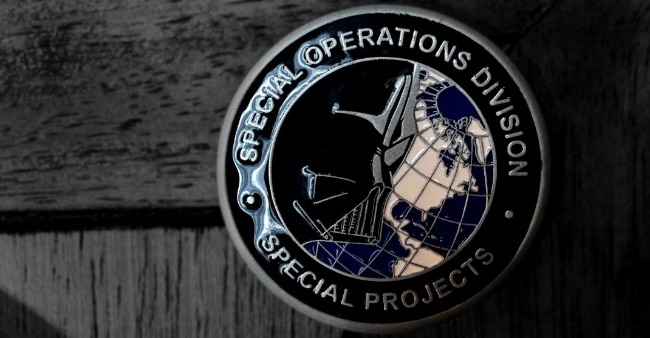The historical precedent for this strategy presumes that there must first be an independent organization of the working class. One that is cohesive, disciplined, powerful, and ready to guard its independence with ferocity. If such an organization were to exist today, then perhaps that organization could use a major party ballot line to further build power and momentum for a few years prior to a pre-planned break.
It is silly, in my view, to try to shoehorn any of the current crop of folks who are using the Democratic Party ballot line, into a strategy which requires conditions that don’t currently exist.
In other words, if you’re citing the prospect of an eventual break from the Dems as part of your justification for supporting a candidate with a D beside their name, thinking that power will be built first within the two-party system and then lopped-off in a way that it will accrue to an independent party of the working class, I think that you have it precisely backwards.




